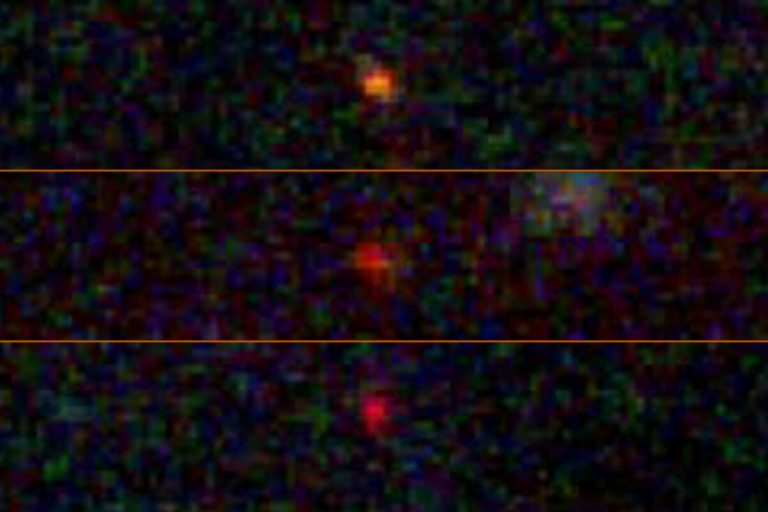Surprising discovery of dark stars in the universe
Astrophysicists from the University of Texas at Austin have made an incredible discovery of three such stars, whose color is black. These stars immersed in darkness have grown from our Sun. Scientists believe that they may be made of dark matter.
The names of these stars are JADES – Z 110 – 0, JADES GS – Z 12 – 0 and JADES GS – Z 13 – 0. When these stars were first observed, they were identified as galaxies. But after a deep study, it was found that these are black stars, which can be made of dark matter, the mysterious substance of the universe. Actually, dark matter particles destroy themselves by colliding with each other, which can happen in these stars. However, they are yet to be confirmed. Scientists say that if dark stars do in fact reveal the nature of dark matter, it would be one of the deepest unsolved problems and mysteries in all of physics. This research has been published in the journal of the National Academy of Sciences.
In modern cosmology, dark matter makes up about 25 percent of the universe and dark energy accounts for about 70 percent of the universe. According to scientific theory, the share of ordinary matter Sun, Earth and other matter is only five percent. The presence of dark stars in the universe is surprising. Regarding which scientific studies will start now. The mystery of dark matter remains intact even today. Scientists believe it exists, but don’t know exactly what object it is. Dark matter stars are a new idea. Finding out its reality will be an increased challenge in front of scientists.
The truth about the dwarf star also came to the fore a few years back.
Until about two decades ago, it was believed that there are only a limited number of dwarf stars in the universe, which are only in some parts of the universe, but when they were studied deeply, it was found that they are also present in a large part of the space. And an increased number of files have been filed. Dr. Anil Kumar Pandey, the late director of Aryabhatta Observational Science Research Institute, ARIES, had played an important role in this discovery. Many scientists of the world were involved in this discovery along with Dr. Pandey

Journalist Space science.
Working with India’s leading news paper.
और अधिक जानें

